"Arnould De Vuez (1644; 1720) Alexander The Great Cutting Edge The Gordian Knot, Circa 1700/1720"
Arnould de Vuez (1644; 1720) Alexander the great cutting the Gordian knot, work produced between 1700/1720Oil on canvas 102 cm by 77 cm
Old frame (gaps) 22 cm by 97 cm
I thank François Marandet for his attribution
Our painting brings together all the stylistic characters of the painter Arnould de Vuez (1644-1720) whose production has just been the subject of a retrospective at the Museum of the Hôtel Sandelin, in Saint-Omer (see F. Marandet, Arnould de Vuez, a painter in French Flanders, exp. cat. Saint-Omer, 2020). First trained in Saint-Omer, his native town, Arnould de Vuez then went to Paris where he was a pupil of Claude François dit Frère Luc. During the 1670s, he stayed in Italy, especially in Rome, where he copied extensively the work of Raphael. Back in Paris, he was accepted as a history painter at the Royal Academy of Painting and Sculpture in 1681 (Allegory of the Union of France and Bavaria; Louvre). The turning point in his career came in 1693, when he decided to settle in Lille. If he then had to work massively for the parishes and abbeys of this city, these religious orders quickly extended to what was then called "French Flanders", that is to say Douai, Saint-Omer, Cambrai or even Bailleul. The activity of Arnould de Vuez in the secular domain seems to have been more limited, even if he was the author of a few allegorical paintings such as portraits of the counts of Flanders for the former Palais Rihour in Lille. As for the subjects of ancient history, they seem to have been extremely rare. However, the painting that we present is original in that it illustrates a feature of the life of Alexander the Great, told in particular by Plutarch. The scene takes place after the rout of the Persians following the passage of the Granicus. Arrived in the city of Gordyum, he discovers a chariot whose particularity is its bound yoke, the local tradition wanting that the universe would be promised to whoever would manage to untie this inextricable knot. By cutting the knot with his sword, Alexander announced his resolution to conquer Asia (Plutarch, Life of Alexander, XXIV). By a sort of coincidence, this episode in the life of the emperor is precisely what had been given to illustrate, in 1677, during the competition for the Academy of Saint Luke in Rome in which the artist took part. Any hypothesis of a correspondence with the work produced in the circumstances of the competition is excluded, since the illustration of the subject of Alexander cutting the Gordian knot was to take the form of a drawing and not of a painting (formerly at the 'Academia di San Luca, Rome; disappeared in recent years). In addition, the Tenebrist style of the work clearly betrays the late period of the artist and more precisely the decorative cycle of the conclave hall of the Palais Rihour in Lille, undertaken from 1711; the canvases are now lost but the corresponding sketches, kept at the Musée de L'Hospice Comtesse, make it possible to reconstruct their appearance.










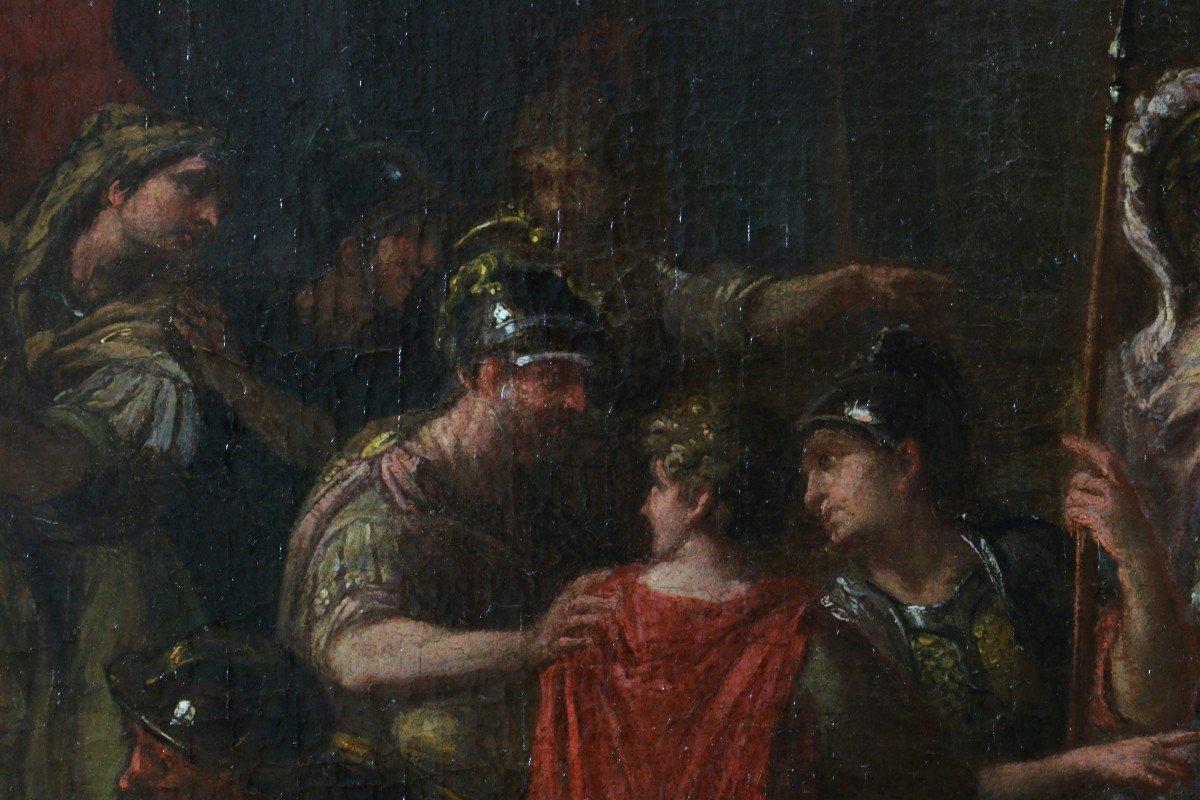














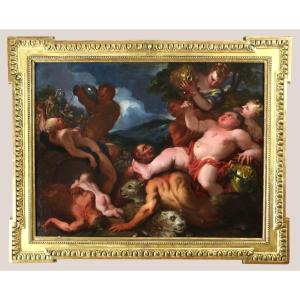

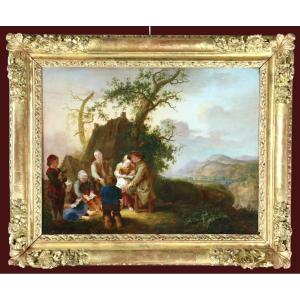



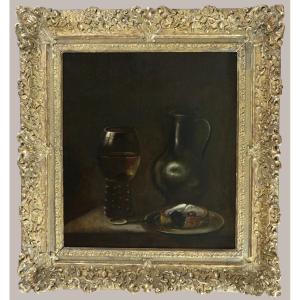

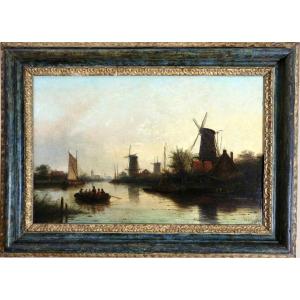
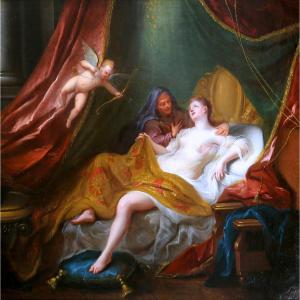



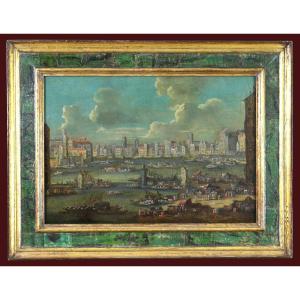
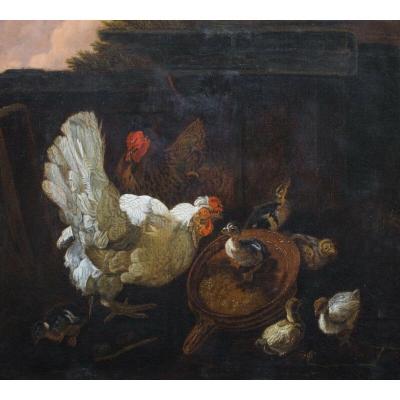
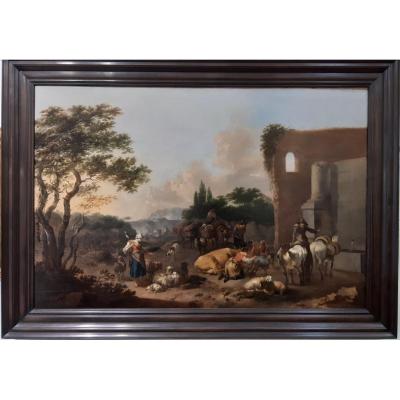
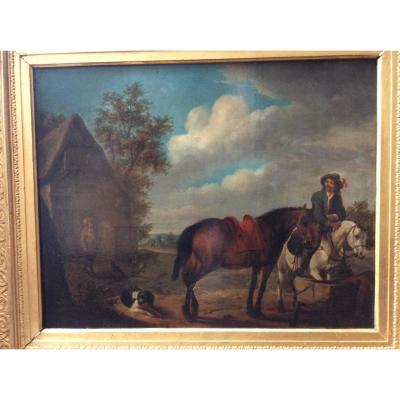
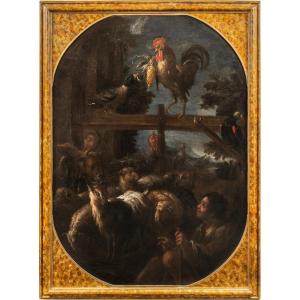
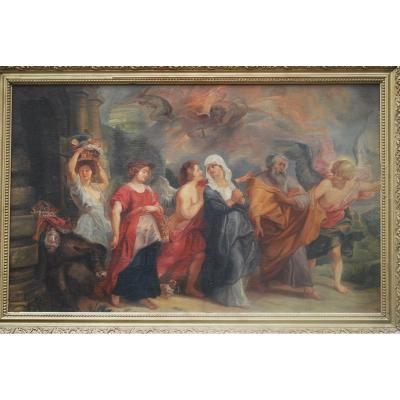




 Le Magazine
Le Magazine Rivista Artiquariato
Rivista Artiquariato TRÉSORS magazine
TRÉSORS magazine